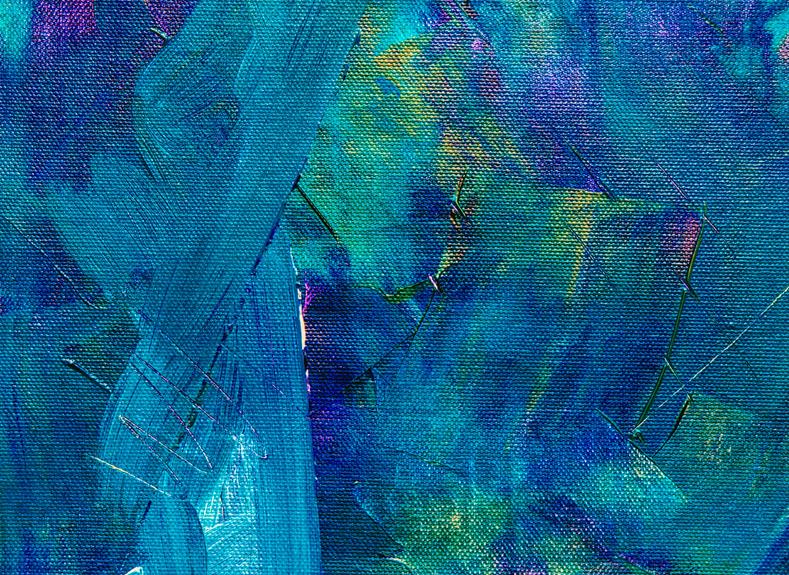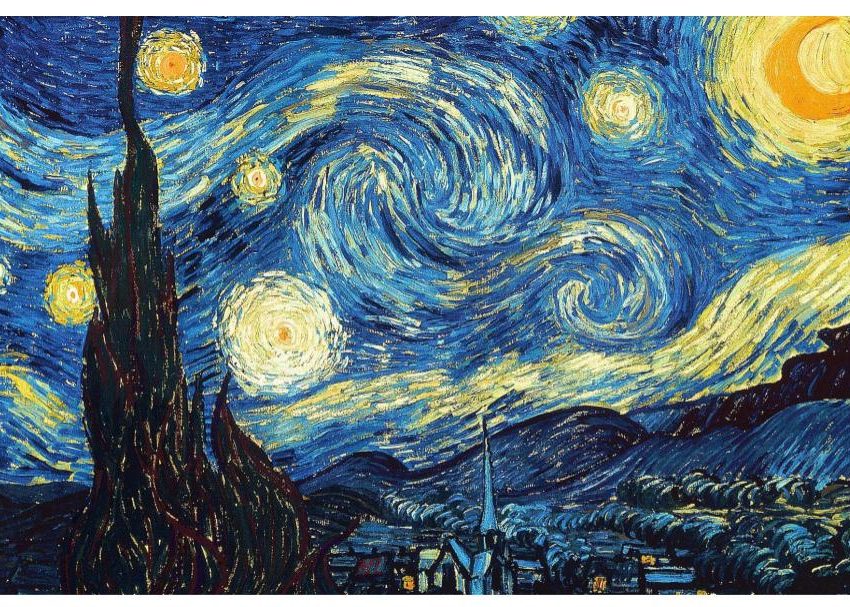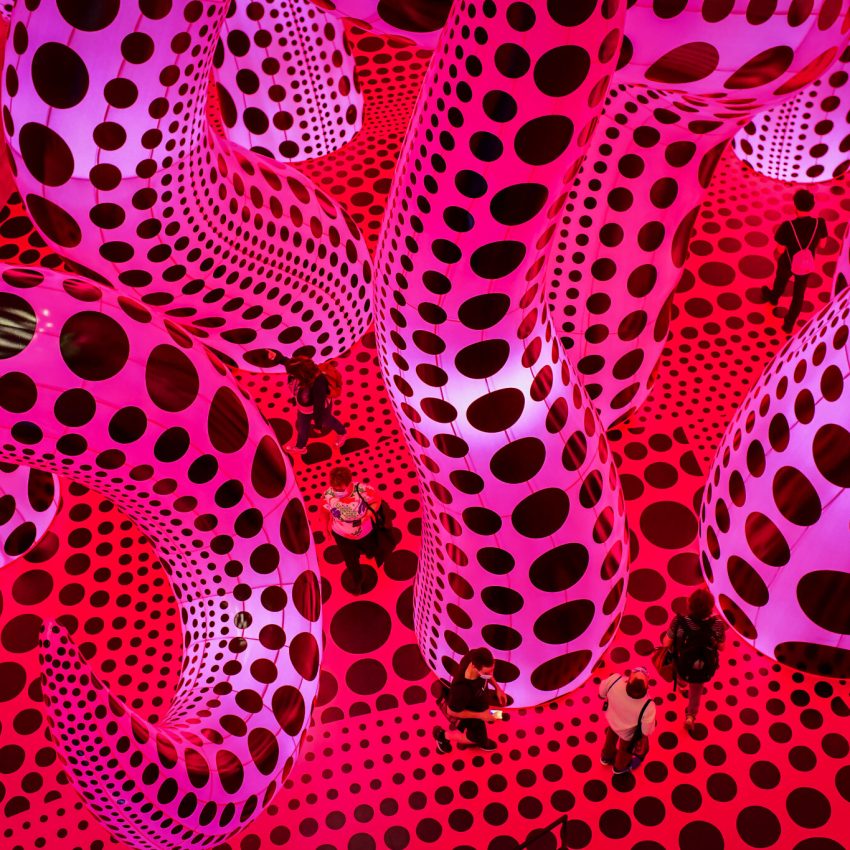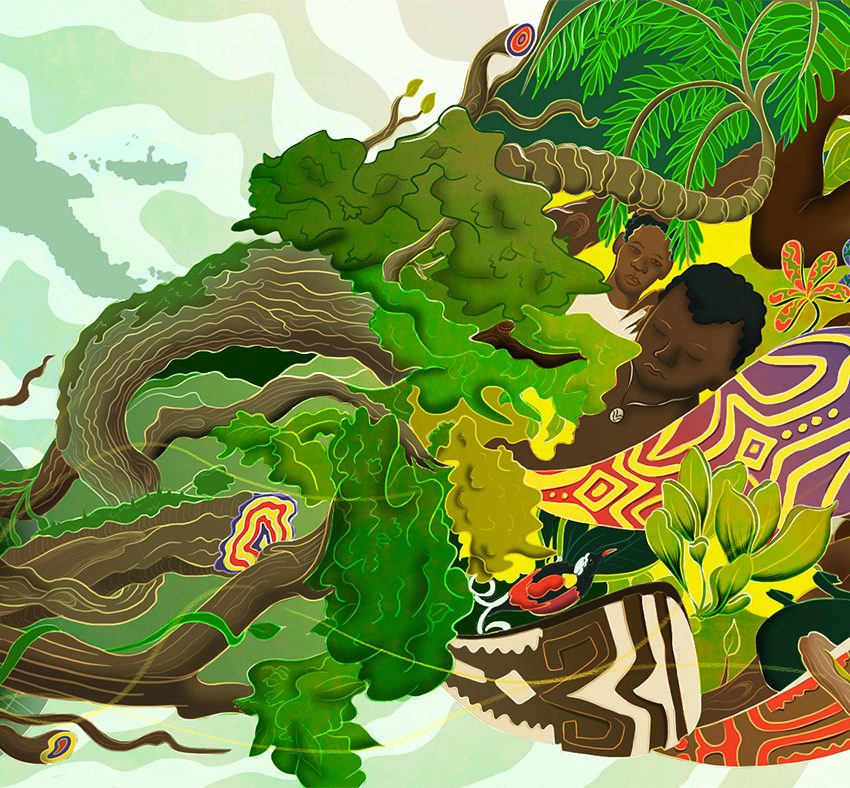Celestial Art on Canvas and in Print
Dive into a realm where the heavens dance alongside artistic expression in “Celestial Art: A Cosmic Exploration.” Beyond mere brushes and canvases, this journey invites you to navigate the stars’ mysteries as they intertwine with human creativity.
Within celestial art lies a tapestry woven from ancient wonder, modern fascination, and spiritual introspection, captured on the fine paper of studio prints.
The Allure of the Night Sky
The allure of the cosmos has forever entranced the human mind, igniting the creative spirit within artists who seek to delve into the mysteries of this ultimate frontier, often expressed through moon art and celestial illustrations.
In digital art, space transcends being merely a subject; it transforms into a limitless canvas where boundless creativity knows no bounds.
The Influence of Celestial Bodies in Art
Throughout history, celestial bodies like stars, planets, and constellations have been significant in art.
From ancient civilisations to modern artists, the allure of the cosmos has inspired countless masterpieces.
The night sky, with its twinkling stars and wandering planets, has long been a symbol of mystery and wonderment for humanity, inspiring the creation of maps that chart these celestial bodies’ movements.
Artists have often employed celestial symbols not merely for their aesthetic appeal but as potent tools to convey profound emotions, thereby imbuing their works with a deeper, more personal meaning.
Artists have approached the interpretation of celestial bodies in a myriad of ways, each reflecting their unique perspectives, cultural backgrounds, and artistic styles, thereby enriching the artistic landscape.
For example, Vincent van Gogh’s iconic painting “Starry Night” captures not just the physical appearance of the night sky but also Van Gogh’s emotional turbulence and mental state at the time.
His swirling clouds and bright stars transcend mere representation, delving into a more profound connection between art and emotion, captured vividly in moon art illustrations that often feature in the collections at Stanley Street Studio.
Similarly, Salvador Dalí incorporated surrealistic interpretations of celestial motifs to challenge traditional perceptions and provoke new ways of seeing.
Impact of the Constellation
The impact of astrology on artistic representations must be considered. Astrology’s belief in cosmic connections influencing human lives has often translated into artistic depictions embedded with zodiac signs or planetary symbolism.
In medieval art, astrological symbols were frequently integrated into religious paintings to convey mystical messages or divine guidance.
Even today, contemporary artists continue to draw inspiration from astrological concepts to explore personal identity, psychological archetypes, or universal interconnectedness through their artwork.
The influence of celestial bodies in art goes beyond mere visual representation; it becomes a gateway to exploring deeper facets of existence—from emotions and beliefs to spirituality and interconnectedness with the cosmos itself.
Artists throughout history have harnessed the power of celestial imagery to capture the grandeur of the universe and infuse their creations with layers of meaning that resonate across time and cultures.
Symbolism and Imagery in Celestial Art
Celestial art is a treasure trove of symbolism, with the sun, moon, and stars playing pivotal roles in artistic expression. The sun often symbolizes life, energy, and vitality in art.
For instance, Vincent van Gogh’s famous painting “Starry Night” captures the sun’s intense radiance amid swirling night skies, reflecting power and tranquility.
In contrast, the moon frequently represents mystery, intuition, and femininity. Artists like Georgia O’Keeffe invoked lunar imagery to evoke ethereal beauty and emotional depth.
Common Motifs
Common motifs in celestial-inspired artwork include starbursts representing cosmic wonder and infinite possibilities.
Consider Gustav Klimt’s abundant use of gold leaf to create shimmering starscapes that convey luxury and transcendence. The interplay of colors and shapes in celestial art pieces contributes to their symbolic depth.
Deep blues and purples hint at cosmic vastness and spirituality, while sharp geometric forms in art prints may signify order amidst chaos or humanity’s quest for meaning in the universe.
Interpreting colors like vibrant yellows for the sun can evoke warmth or enlightenment, while cool blues associated with the moon may suggest introspection or longing.
Shapes such as circles representing unity or cycles of life are prevalent in celestial art—take Yayoi Kusama’s mesmerising “Infinity Mirrors” installations that reflect her fascination with cosmic infinity through repeated patterns resembling endless constellations.
By understanding these symbolic elements woven into celestial art, viewers can uncover layers of meaning beyond mere visual appeal, offering a new review perspective that may include exploring moon phases and their representation in art.
Connecting Spirituality with Celestial Art
Celestial art transcends mere aesthetic beauty, delving into spirituality and profound symbolism.
Across diverse cultures, celestial bodies have been intertwined with spiritual beliefs, inspiring awe and reverence.
For instance, in ancient Egyptian art, the sun god Ra symbolized enlightenment and vitality, depicted with a radiant sun disk crowning his head.
Artists often infuse their works with spiritual themes to evoke emotional responses and provoke contemplation on our place in the universe.
Artists express spiritual concepts through celestial imagery by harnessing the power of symbolism inherent in stars, moons, and galaxies, often materialised in celestial art prints that feature ink as a primary medium.
Take Vincent van Gogh’s iconic piece, “Starry Night,” where swirling stars and a crescent moon symbolize a cosmic dance that evokes wonder and mystery.
Through the use of celestial elements in their artwork, artists extend an invitation to viewers. This invitation is to delve into existential questions, to connect with something greater than themselves on a spiritual level, and to find solace in the vastness of the universe.
Meditative Practices
Moreover, celestial art can serve as a conduit for meditative practices, fostering introspection and inner peace.
Delving into an artwork inspired by the cosmos can transport individuals into mindfulness as they immerse themselves in its intricate details.
Artists like Yayoi Kusama create immersive installations resembling infinite galaxies. These installations envelop visitors in a meditative experience, encouraging them to reflect on the vastness of the universe and their own spiritual journey.
Connecting spirituality with celestial art opens doors to deeper contemplation and self-discovery.
By exploring how artists infuse their creations with sacred symbolism derived from the cosmos, we can tap into a universal language that transcends cultural boundaries and resonates with the human soul’s quest for meaning amidst the grandeur of the universe.
Astrological Concepts in Modern Art
In modern art, many contemporary artists are drawing inspiration from astrological concepts to infuse their creations with more profound meaning and cosmic allure.
By blending the mystical elements of astrology with innovative artistic styles, including celestial art prints featuring moon phases, these creators are crafting works that resonate with audiences on a profound level.
One such artist is Rebecca Rebouche, known for her celestial-themed paintings. These paintings intertwine zodiac signs and cosmic motifs into dreamlike landscapes, captivating viewers with a sense of the universe’s interconnectedness with individual identity.
Modern Artistic Styles
The fusion of astrology and modern artistic styles has led to a resurgence in interest in horoscope-based artworks.
Artists like Manzel Bowman incorporate astrological symbols and planetary alignments into their digital collages, creating visually striking pieces that explore themes of destiny, interconnected energies, and personal growth.
These artworks serve as aesthetic marvels and invite contemplation on the role of celestial bodies in shaping human experiences, as seen in the diverse selection of celestial art at Stanley Street Studio.
Horoscope-based artworks uniquely appeal to audiences as they offer a personalized lens through which individuals can connect with broader cosmic narratives.
The intricate relationships between star signs, planetary movements, and elemental influences provide rich fodder for artistic exploration.
Artists like Alice Sparkly Kat delve into astrological charts to create personalized birth chart portraits that serve as visual reflections of an individual’s cosmic blueprint, merging the realms of art and astrology into a harmonious tapestry of self-discovery and universal alignment.
Techniques Used to Capture Celestial Beauty
Artists have long utilised various techniques to capture the ethereal beauty of celestial elements in their work, incorporating mediums such as ink to enhance the texture and depth of moon art prints.
One common approach involves playing with lighting effects and color gradients to evoke the vastness and mystery of the cosmos.
For instance, artists like Vincent van Gogh famously portrayed starry nights in swirling patterns of light and dark hues, transporting viewers to a dreamlike realm where stars seem to twinkle with life.
Through careful manipulation of light and shadow, artists can create a sense of depth and wonder reminiscent of gazing up at a starlit sky.
Lighting and Colour
In addition to utilizing lighting and color, many creators also incorporate texture and mixed media to add complexity to their celestial artworks, often indulging in the rich selection of celestial art available for inspiration.
By introducing tactile elements such as raised surfaces or intricate patterns, artists can invite viewers to see and feel the cosmic energy emanating from their pieces.
Consider the works of contemporary artist Marianne Eriksen Scott-Hansen, who uses materials like metallic foils and acrylic paints to convey the shimmering quality of stars and galaxies.
This blending of textures not only adds visual interest but also enriches the sensory experience, creating art that is both visually captivating and physically engaging.
Moreover, these techniques go beyond mere aesthetic appeal; they enable artists to create multi-dimensional effects that mirror the vastness and interconnectedness of the universe itself, often achieving this through limited edition prints.
By experimenting with different artistic approaches, from pointillism to abstract expressionism, creators can craft pieces that transcend traditional boundaries and offer viewers a glimpse into the infinite expanse of space.
Through subtle nuances in shading or bold juxtapositions of color and form, artists continue to push the boundaries of celestial artistry, inviting audiences to embark on a journey through the cosmic wonders that lie beyond our earthly confines.
Interdisciplinary Exploration: Science Meets Art
Where science meets art, a fascinating collaboration takes place, merging the worlds of artists and scientists to bring astronomical discoveries to life in captivating ways.
Imagine an artist working closely with an astrophysicist to translate complex data on black holes into a stunning visual representation that educates and mesmerizes viewers.
This interdisciplinary approach goes beyond traditional boundaries, allowing for a deep dive into the mysteries of the universe through creative expression.
Technology
By fusing scientific data with artistic creativity, innovative visual experiences are born, offering a unique perspective on celestial phenomena, often featured in art print editions.
For instance, virtual reality technology combined with astronomical observations enables audiences to immerse themselves in a three-dimensional exploration of distant galaxies or cosmic events.
This blending of disciplines enriches artistic practices and provides new avenues for connecting with and understanding the universe on a profound level, as seen in art print reviews.
Talismans, meticulously crafted and timed, seek to infuse terrestrial matter with the radiant energies of heavenly bodies, a theme celebrated in celestial art print collections.
What resonates in the heavens exerts its influence on earth, permeating herbs, stones, animals, and human affairs.
Magicians have historically endeavored to channel these emanations, shaping the earthly realm through celestial guidance.
Conclusion
Throughout history, the intertwined origins of magic and medicine have been rooted in the ancient wisdom of the stars.
This connection manifests across various epochs, evident in the decayed ruins of celestial-aligned temples, fragmented Graeco-Egyptian spell books, medieval grimoires, and early modern apothecary manuals.
Each artifact attests to the profound fusion of earthly and celestial realms, often represented through celestial prints that map the intricate dance of cosmic forces.
At its core, astrology emerges as an esoteric science, forming the bedrock of the hermetic tradition. It is often represented in celestial art pieces that indulge the viewer in its mystic aspects.
Beyond merely foretelling future events through star and planet observations, celestial forces have long been harnessed for theurgic and thaumaturgic practices, as depicted in astrological cards and celestial prints that serve as talismans.
Talismans, meticulously crafted and timed, seek to infuse terrestrial matter with the radiant energies of heavenly bodies, a theme celebrated in celestial art print collections.
What resonates in the heavens exerts its influence on earth, permeating herbs, stones, animals, and human affairs.
Magicians have historically endeavored to channel these emanations, shaping the earthly realm through celestial guidance.
However, with the Western world’s lamentable disenchantment, the connection between above and below has faltered, leading to the decline of the Celestial Art.
Yet, signs of revival emerge, particularly in the resurgence of interest in moon phases and celestial prints that capture these dynamic changes.
Fresh blooms and bountiful harvests signal a resurgence as translations of foundational magical and astrological texts reconnect each discipline to its origins.
These texts unveil the myriad points of convergence between the two great traditions, reaffirming their intertwined nature.




